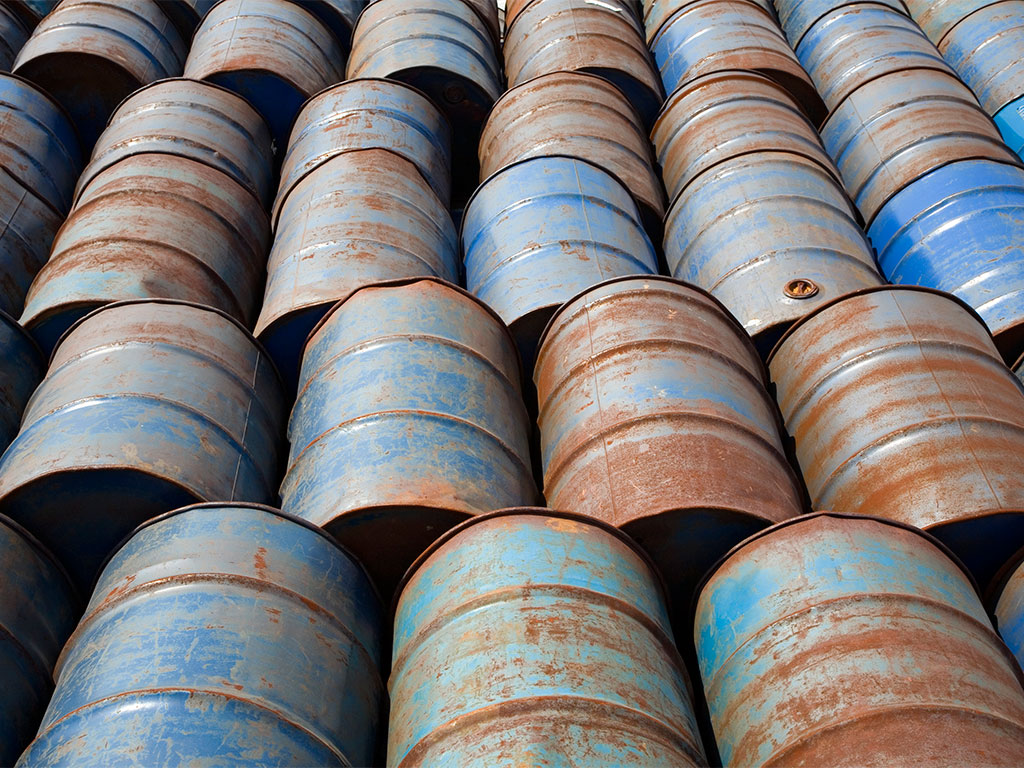
Pushing the Eurozone’s economy into inflation has proved to be a difficult task for the European Central Bank. While its latest round of measures make for an encouraging outlook, continued oil price instability might be undermining its efforts.
The ECB last week announced further cuts to the eurozone’s main refinancing rate, reducing it to zero percent. Along with the rate cut, the ECB also cut its deposit rate to -0.4 percent, increased the quantitative easing buyback amount to €80bn per month, and created new four-year loans available to banks at a negative interest rate. Quantitative easing measures were also extended to run until March 2017.
Despite the extent of the cuts, any chance of reaching the inflation levels desired by the ECB is still some time away. Speaking after the announcement, ECB chief Mario Draghi played down the chances of a recovery in the near future.
“Looking ahead, on the basis of current futures prices for energy, inflation rates are expected to remain at negative levels in the coming months and to pick up later in 2016. Thereafter, supported by our monetary policy measures and the expected economic recovery, inflation rates should recover further.”
Draghi also indicated that, while rates will remain low for the foreseeable future, the ECB may have hit the limit as to how far it is willing to go. “From today’s perspective and taking into account the support of our measures to growth and inflation, we don’t anticipate that it will be necessary to reduce rates further. Of course, new facts can change the situation and the outlook.”
Draghi’s comments suggest that, at this stage, the ECB is now putting as much pressure as it can on banks. What it may be waiting for is a stabilisation of the price of oil
Following the announcement, the euro experienced one of the biggest one-day swings in the currency’s history, down 1.6 percent against the US dollar before immediately jumping to a three-week high.
The ECB’s latest measures to prompt inflation are aggressive, but how many more tools it has left remains in question. Draghi’s comments suggest that, at this stage, the ECB is now putting as much pressure as it can on banks. What it may be waiting for is a stabilisation of the price of oil. So far, the ECB’s measures to prompt inflation have been undermined by oil’s price crash and the subsequent drag on the global economy. Oil hit new lows in January, briefly dropping below $28 a barrel. While oil remains cheap, inflation will struggle to rise to the ECB’s target of just under two percent.
The future outlook for the price of oil is now quite unclear. After a brief recovery through March, its price took another hit after Iran’s oil minister Bijan Zanganeh said the country would only agree to freeze its output after reaching a production level of four million barrels per day. Currently, Iran’s output is just under half that, but it is keen to ramp up production after sanctions against the country were recently lifted.
The statement damaged confidence that an agreement on a coordinated reduction in oil output could be reached. In the International Energy Agency’s monthly report for March, the organisation stated declines in production from the US and signs that Saudi Arabia and Russia could freeze output could mean the worst is over for oil in terms of prices. In February, Saudi Arabia and Russia agreed to freeze levels if other producers followed suit, though this now seems less likely.
While the short term will be filled with plenty of instability, a long-term solution to oil prices is what the ECB needs for its measures to take effect.

